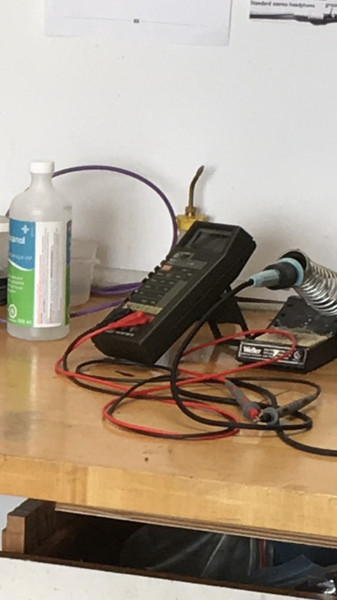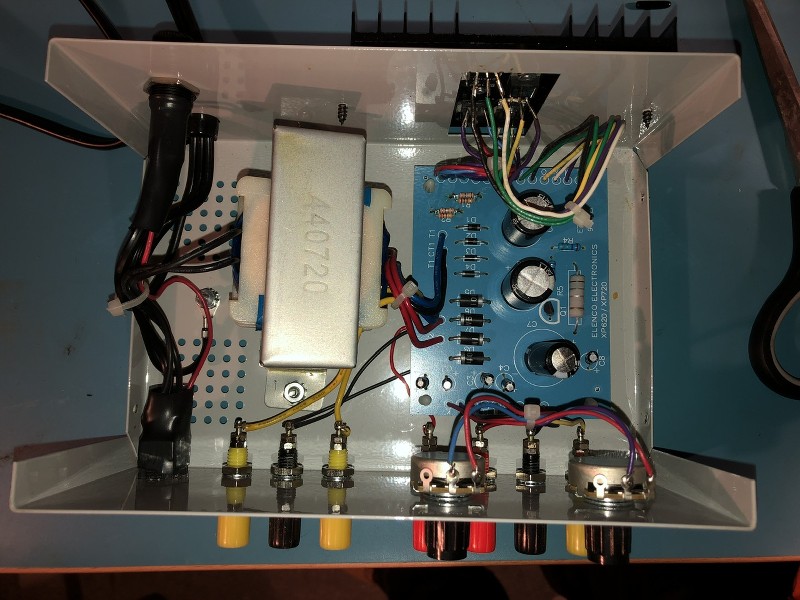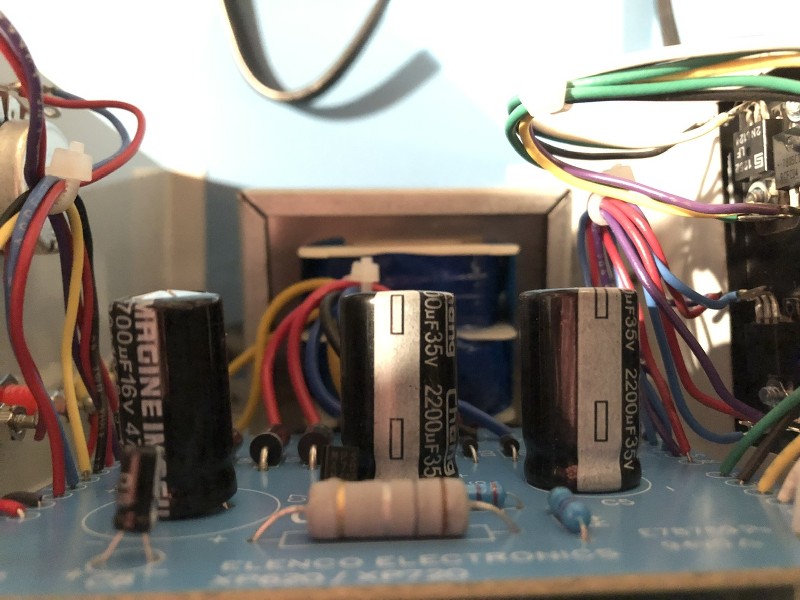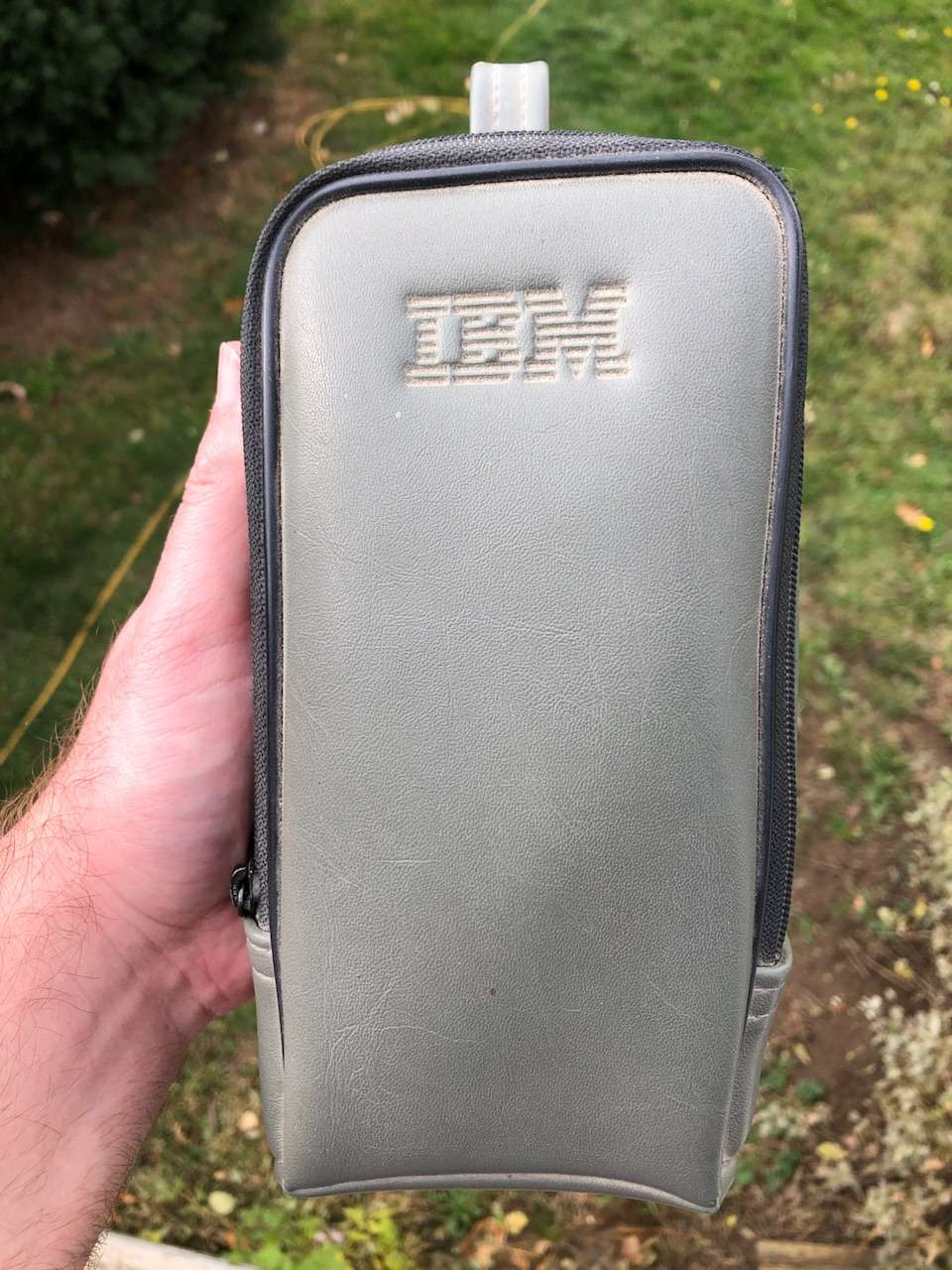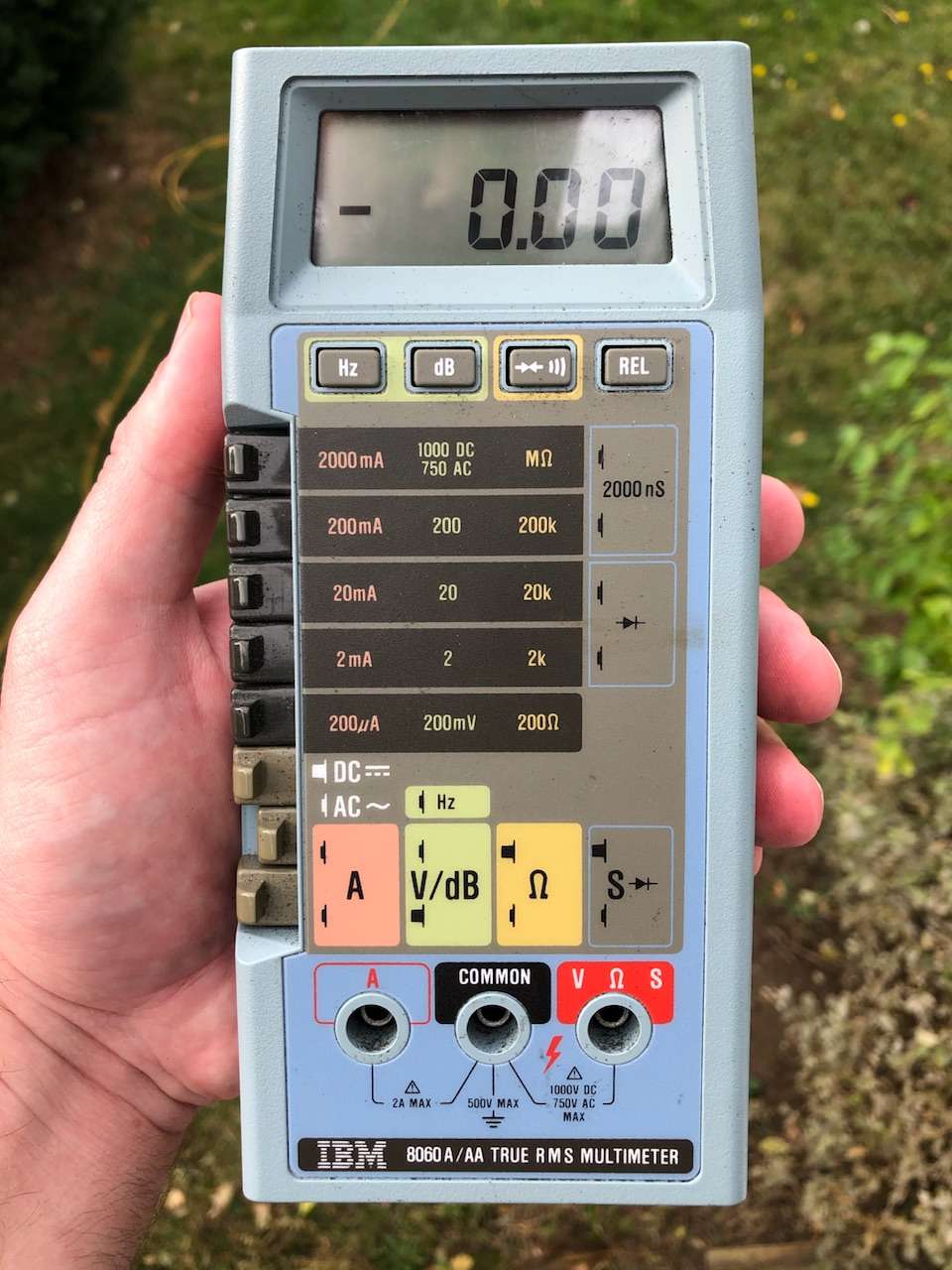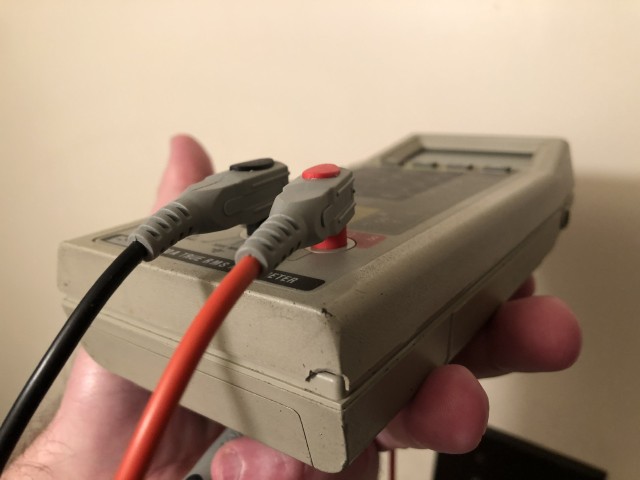25 CPS wrote: ↑Thu Feb 16, 2023 10:49 pm
For what it's worth, I've been finding the portable handheld scopemeter type devices are a different animal of their own. The Agilent/Keysight ones I've used are very similar to the way the Flukes I've encountered and neither operate the same way bench oscilloscopes do, or the way either bench or handheld DMMs do. They really are a category of their own and I've found it helps if you go into using one of them with that in mind.
They are different, so yes, the key is to look at it as a DMM with pictures. I'd say.
Also, the 123 (I own a very, very, low serial number, from the first production batch) is labeled
Industrial ScopeMeter. It is not thought of as a lab instrument, even though it has the usual Fluke dependable BAMishness. It is an instrument for those whose bench is filthy and full of metalworking tools, hydraulic fluid, and so on. It is for those who set up VFD's and need something better than a multimeter.
25 CPS wrote: ↑Thu Feb 16, 2023 10:49 pm
I wonder how often scopemeters get used as DMMs in the field? When you think about it, these are very large, very expensive, very cumbersome multimeters that tie up an expensive piece of gear when used as such, and most people that need to have a Scopemeter would probably already have DMMs.
I've hardly ever had to do that, because I always carried another Fluke or similar with me. But, when you have the 123, and you need more than a DMM, it's really a life saver to have a near-scope that'll hang over the top of the door to a switching cabinet. (The tilting stand has a stair stepping on the inside that makes it hang more securely over for instance a cabinet door.
But, I do always start out with it as a DMM. (with pictures) Put it in AC volts mode, and start poking, looking at both the digital measurement and the waveform. The fact that it is insulated and floating is very, very handy too. I
really had to learn the art of safe scope probing with a grounded instrument all over when I got the 465 (after a very long time with the 123).
In conclusion, haters gonna hate. But the 123 is a very useful instrument, if you let it work where it is intended.
